
Inner Looks: The Importance of Meditation in Understanding and Cultivating Our Connection with the Divine
Rocco FontanaIn a frenetic and increasingly connected and increasingly external world, we often forget to take a look inside. What lies within our inner self can actually be a rich source of knowledge and inspiration, a universe to explore. This is where meditation comes in. Regardless of the tradition or meditation practice chosen, the importance of this discipline in understanding and cultivating our connection with the divine it's obvious.
Meditation offers us a space of silence and peace, an oasis of calm where we can turn our attention to our most authentic being and deepen our understanding of the divine and our connection with it. We will discover how meditation is a powerful tool for exploring our inner world, leading us towards a deeper connection with the Sacred.
In this post on our CCBlog, we will explore the ways in which meditation can enrich ours spiritual life, opening new doors to this intimate experience. Join us on this journey towards discovering inner gazes and the importance of meditation in cultivating our connection with the Sacred within us.
Let's know the three most well-known types of meditation here in the West:
Eastern Meditation: the exploration of the mind and the self
Eastern meditation is a thousand-year-old practice that has deep roots in spiritual traditions from Asia. Its main purpose is to explore the mind and inner self, leading to greater awareness and understanding. Through meditation, we are able to direct attention to our thoughts and emotions, observing them without judgment and without identifying with them.
During this type of meditation we are invited to cultivate mental presence and inner calm. Through regular practice, we can develop greater mental clarity and deeper connection. We are encouraged to let go of our worries and allow our inner connection with our Self to emerge. In this space of silence and peace, we can experience a feeling of unity and sharing with everything.
Western Meditation: the awakening of our spiritual nature
Western meditation has a slightly different perspective than its Eastern counterpart. The most representative practice of this approach is Mindfulness. Although it shares the goal of understanding the inner self and the connection with the divine, and is based on the principles of Eastern disciplines, this meditation practice focuses more on the development of personal spirituality. We take the liberty of commenting that if Eastern meditation tends towards the dissolution of the ego, Western meditation deals with putting this ego back in place, before possibly thinking about dissolving it into the Whole. This is due to the different nature of Westerners compared to Easterners.
Through this type of meditation, we are invited to explore our spiritual nature and cultivate a deeper connection with the divine according to one's worldview. This practice allows us to reflect on our lives, values and purposes, bringing to light our spiritual potential.
This type of meditation uses techniques such as visualization, affirmation and inner listening. We are offered a way to deepen our understanding of the divine self and cultivate a more authentic connection with it. It often becomes a therapeutic practice to counteract the damage of modern life.
Christian Meditation: union with God through silent prayer
Christian meditation is a form of meditative practice that is based on silent prayer and contemplation. This ancient tradition has been practiced for centuries by Christians as a means of drawing closer to God and experiencing the divine presence in their lives. Of particular value is the Prayer of the Heart: "Lord Jesus Christ, Son of God, have mercy on me, a sinner!" which must be repeated continuously, both internally and orally. Also of note are the breathing practices of hesychasm, known to induce profound states of consciousness.
Through Christian meditation, we are invited to let the mind quiet and turn our attention to God through internal prayer. As we open our hearts and minds to the love and presence of God, we can experience a profound union with the divine.
In Christian meditation, we are encouraged to cultivate inner silence, thus allowing the voice of God to emerge and guide us. Through silent prayer and contemplation, we can receive spiritual revelations and experience a deeper connection, fusion with the divine.
Conclusions
In this brief discussion, which is for orientation purposes only, we have chosen not to delve into other forms of meditation that come to us from other very important traditions such as Sufism (remember the practices of the "whirling dervishes", Kabbalah, or from the many other scattered traditions in this world of ours. I invite the reader to "look around" in those directions too.
However, regardless of the tradition or practice chosen, the importance of meditation in understanding and cultivating our connection with our deepest self and with the divine (which is the same thing) is evident. Meditation offers us a space of silence and peace in which we can turn our attention to our inner self and to the presence of God. From our point of view (Editor's note) it should, over time, become an attitude to be experienced in every moment of our lives, walking, going to work, washing the dishes, etc., not just a practice limited to a pillow and a moment of isolation.
In summary, meditation is a precious gift and over time, through awareness and openness to inner wisdom, we can experience a profound union with the divine and cultivate a more authentic connection with it; and this has the "side" effect of making us feel much, much better.

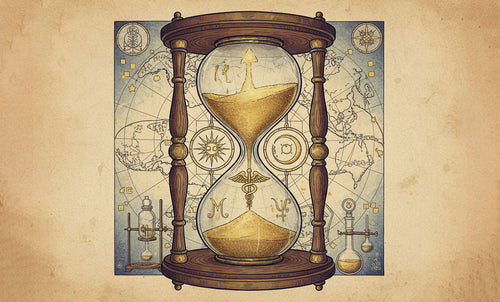




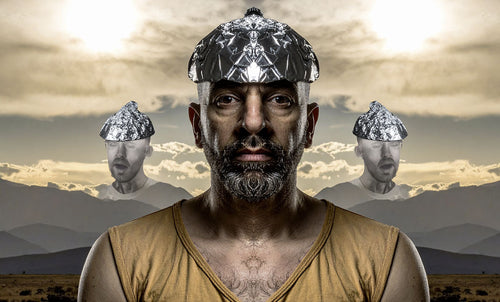
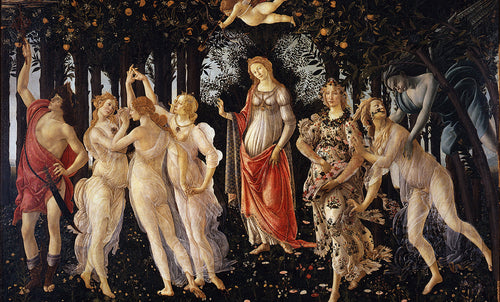





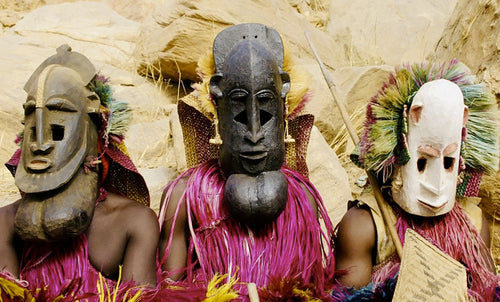

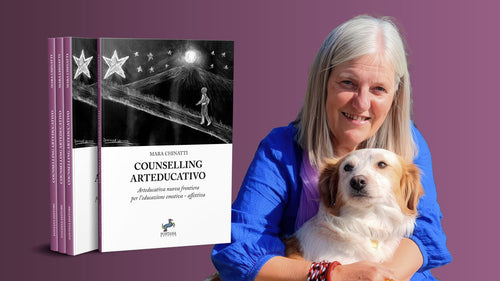
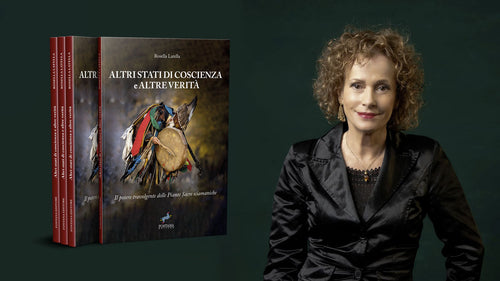






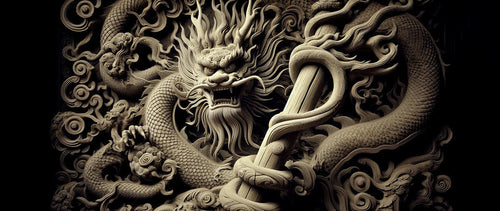
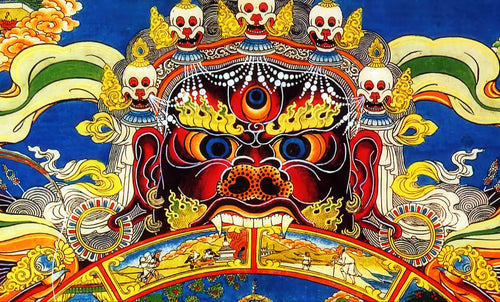

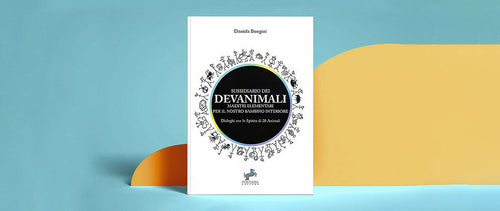
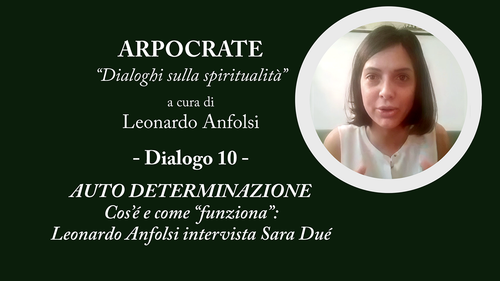

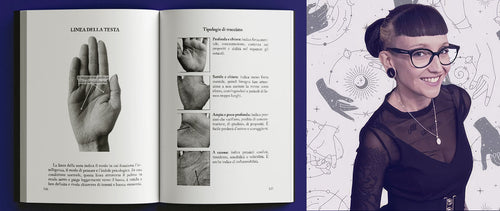



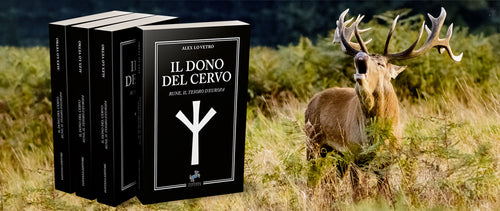







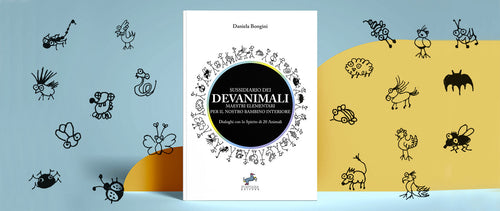


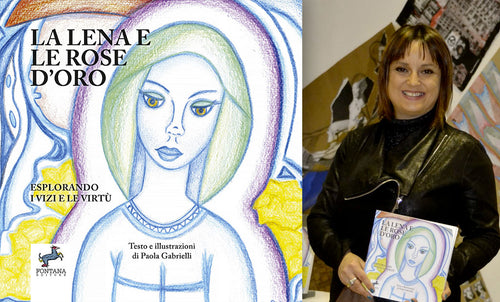
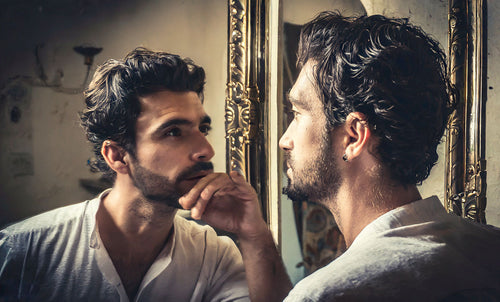
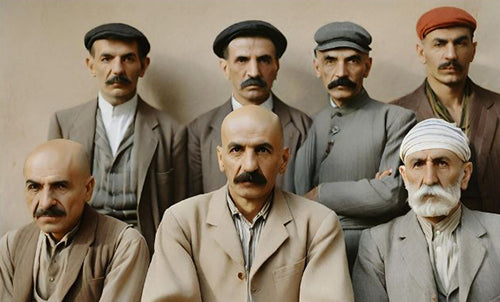

1 comment
Grazie, i vostri approfondimenti sono sempre molto interessanti!